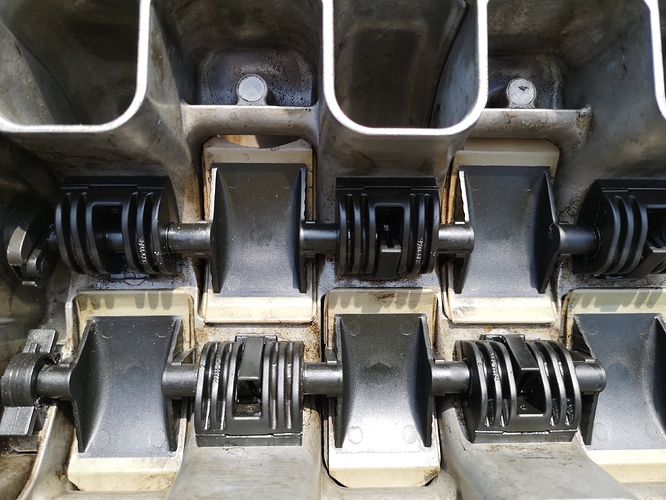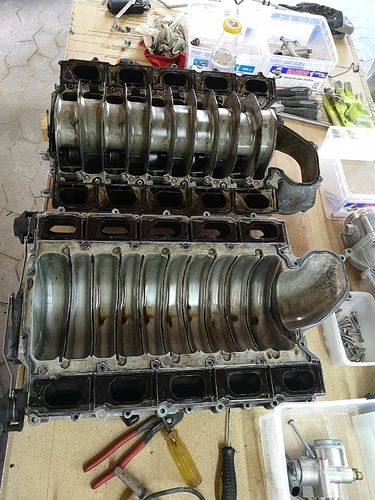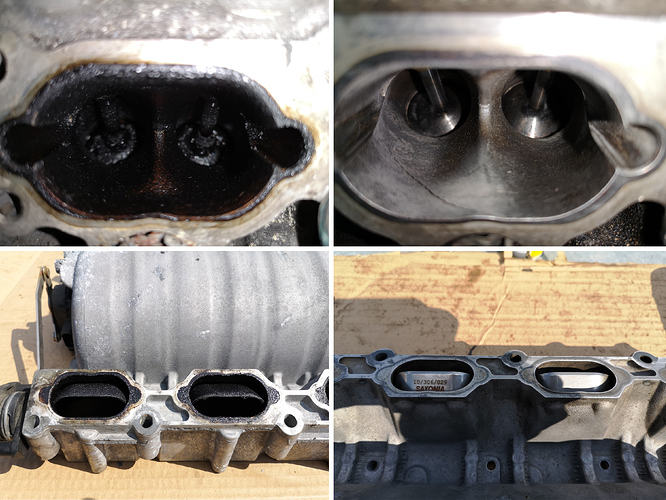Hi max welcome to the site.
Lets place some facts in this conversation that should help with direction.
The US and Euro tunes intake wise are the same. Meaning from a logging perspective the short flaps only seem to be activated after 4500rpm (or there about depending on load) This is shown in both logging and the Audi study guide.
Plain and simple…
Gutting the intake is a disaster. Sure there will always be people with a lower standard of what they are willing to accept as a good running car but in 32 different situations of individuals on this site that have tested and reported their results on and after broken intake manifolds and gutted them Vs the 20 or so that have just epoxied the short runner have all without fail said the same thing.
AND that is… The car is less prone to misfire with the flaps in. There is more TQ (obviously) 40TQ and 35whp as measured by two separate people on a dyno before and after with a working intake Vs a non working intake. You will see a better MPG with the flaps in and overall a better driving running car around town. The car is more responsive and runs smoother… Keep in mind the smoother part is going to be more relative to each individual.
Factually speaking you’re obviously better off having the flaps in the long runner position due to how the car is set up originally and so are all of the other multi stage intake cars. Meaning long runner flap position for driving under 4500rpm.
The choice is clear. If you plan on doing most of your driving around and or under 4500rpm. Then you would be best served having the intake in the long runner position. This is how Audi set it up and everything from performance to dyno results show there is a clear advantage.
Now with that being said. Can you gut your intake and still have a good running car… Absolutely…It’s not like the car is undriveable or even un enjoyable with the flaps removed. Will the car idle… obviously will the car drive… yes…will it work yes…With it be as good as a fully functional intake… Obsoletely not. Will it be as good as a intake with the flaps shut under 4500rpm… Absolutely not… even common sense alone would dictate that.
As stated before. This issue has been looked at over and over. Without fail the options from over 50 collective individuals (and you can search on this site) all have the same conclusion
If you can get a working intake that is best.
If you have to lock the runners. Lock them in the long runner for best everyday
Try to save the runners if possible. If you can’t save the runners block off the short path.
If you can’t do any of the above. You’re best off gutting the intake.







 ), improving idling and mpg would be optimal.
), improving idling and mpg would be optimal. .
.